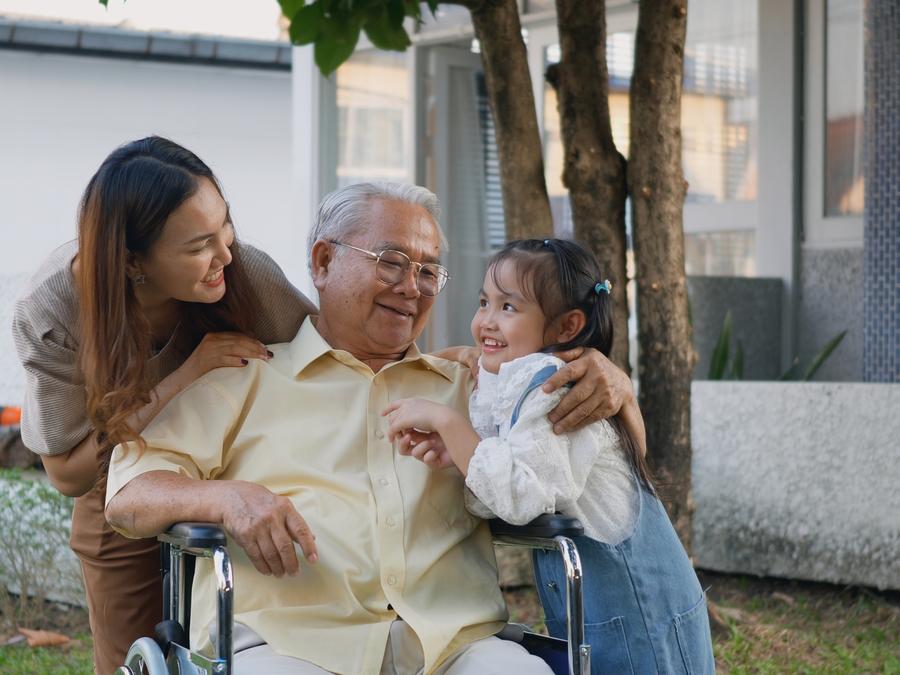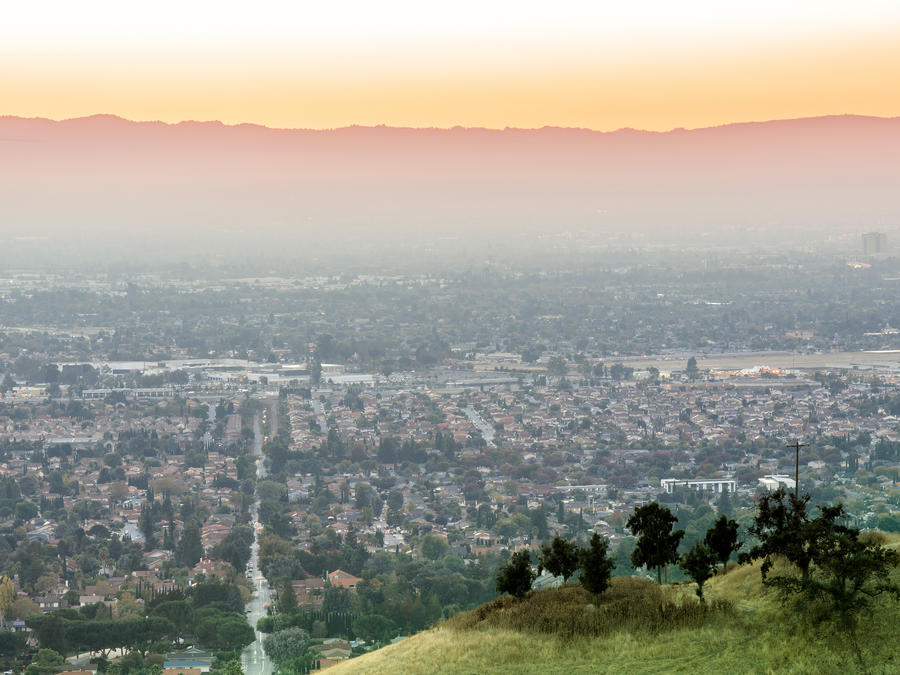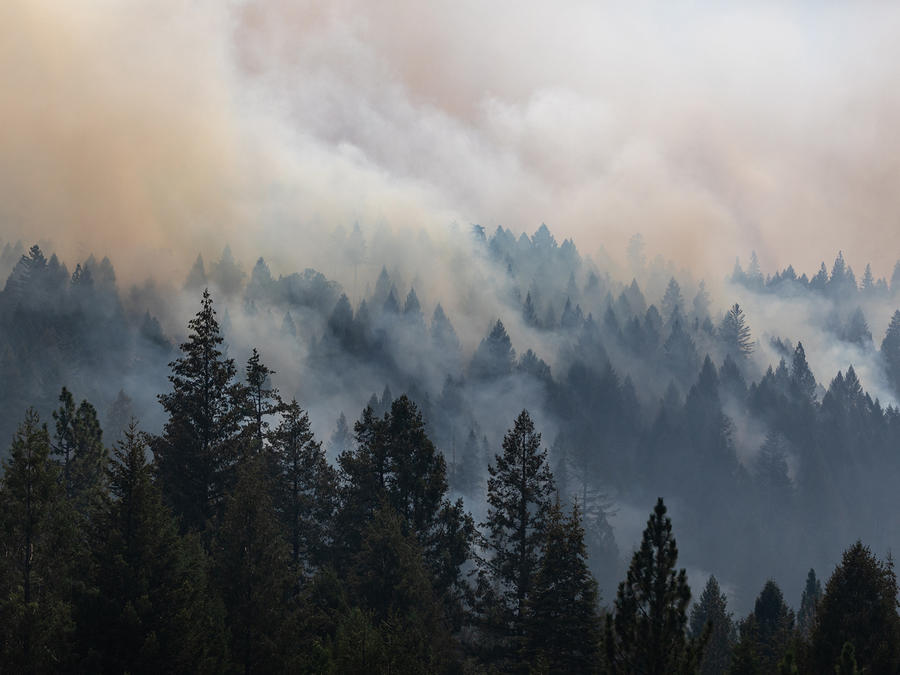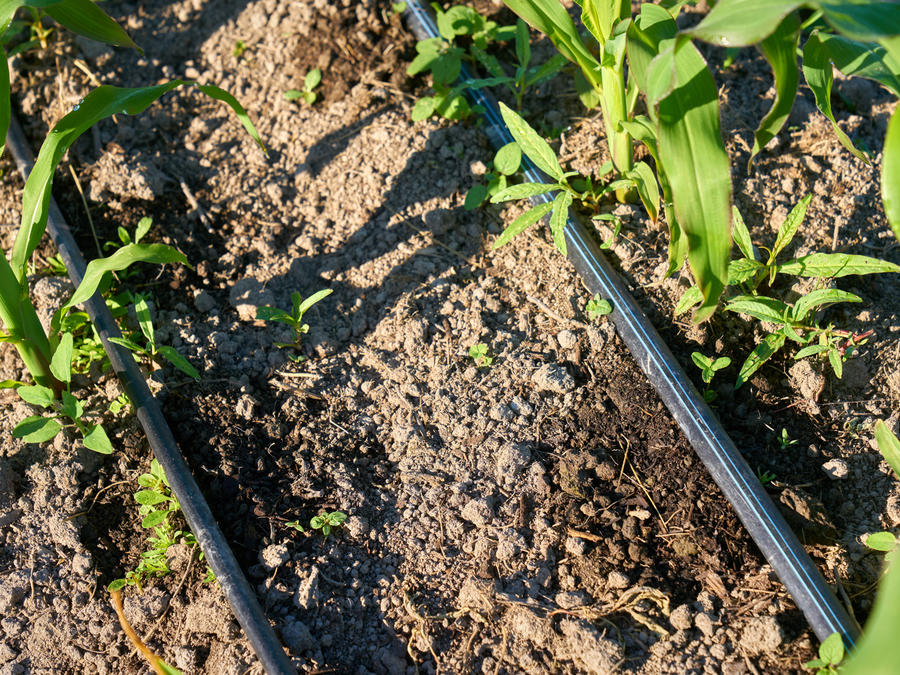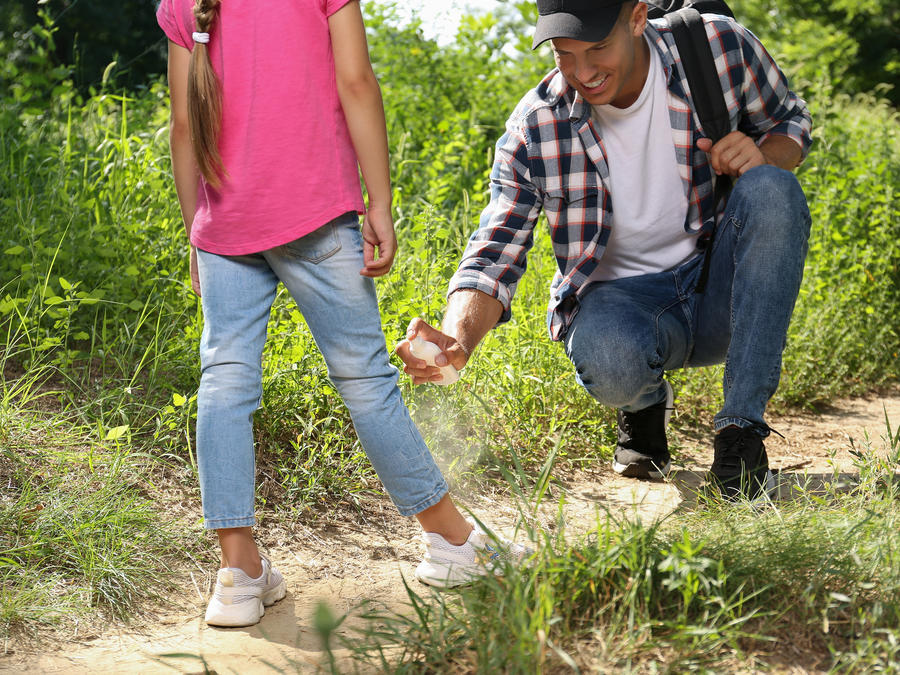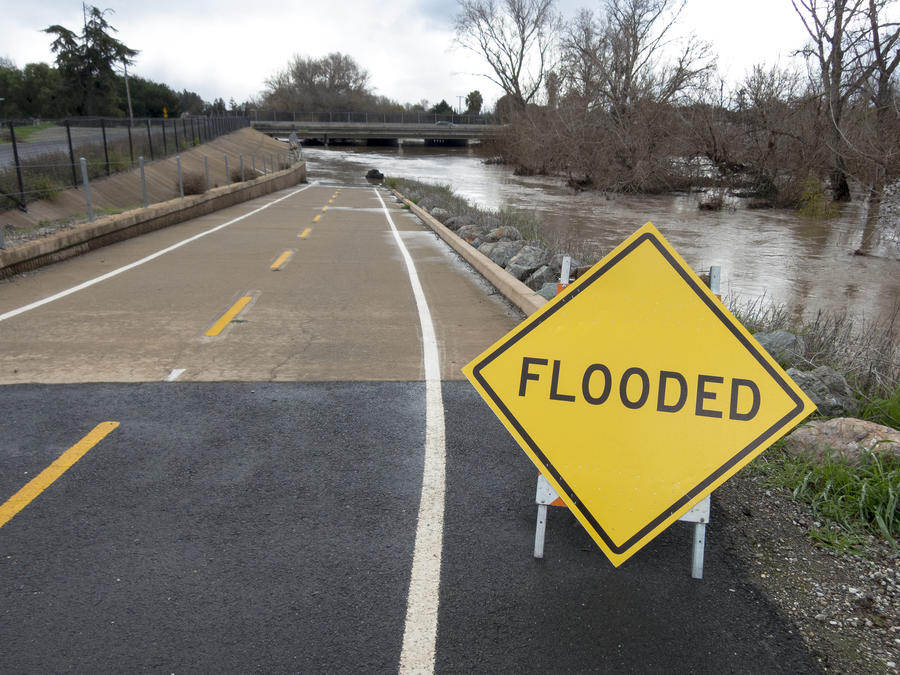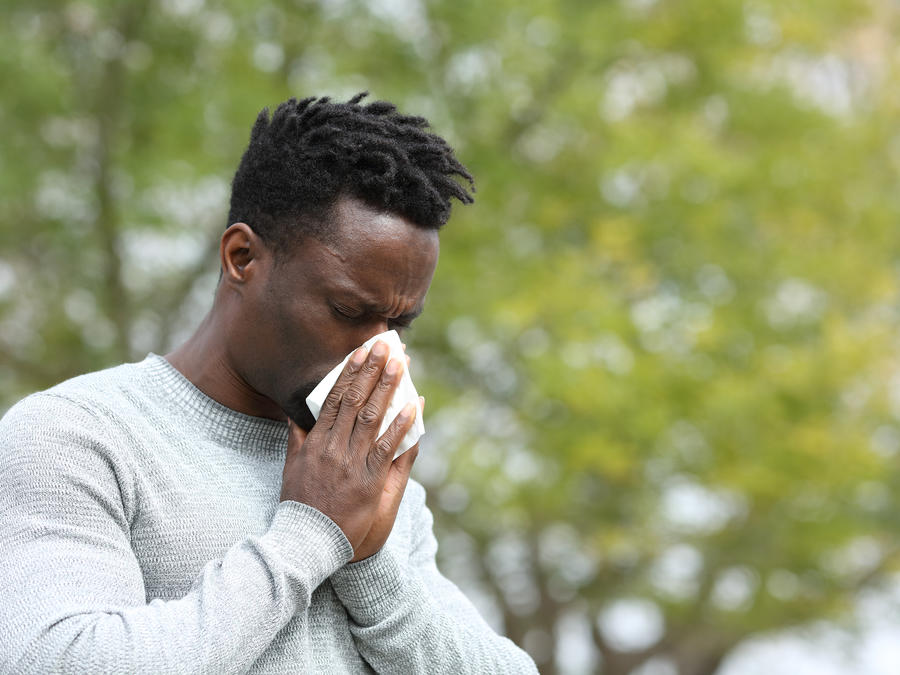Climate and health
Climate change is here. We are living it through high temperatures, poor air quality, floods, drought, and wildfires. Climate change also contributes to sea level rise, extreme weather, spread of disease, and limited access to food and clean water.
The County of Santa Clara Public Health Department created a Climate and Health Program to respond to the climate crisis. The program helps our communities prepare and adapt to our changing environment. Several projects are funded by the Centers for Disease Control and Prevention (CDC) through a Building Resilience Against Climate Effects grant. These projects focus on adapting to high heat and poor air quality.
To get breaking news about severe weather such as heat waves, fire, earthquake, and instructions during a disaster, sign up for AlertSCC. Information is sent to mobile devices, landlines, or email. The service is free, available in multiple languages, and information is confidential. Learn more by visiting the Office of Emergency Management.
Read below about how climate change can impact health and find resources to protect you and your loved ones.
Climate and health topics
Populations vulnerable to climate change
Political, economic, and social injustices put some people at higher risk of poor health outcomes from climate change. To learn more about how climate change affects certain vulnerable populations and what you can do to help, review the information provided under the climate hazards on this page.
People that are more likely to be affected by climate hazards include:
- Young children
- Pregnant people
- Older adults
- Some communities of color
- Low-income people and families
- Limited English speakers
- People with chronic medical conditions
- People with disabilities
- People who are socially isolated
- Outdoor workers (agriculture workers, construction workers, athletes)
- Unhoused persons or those in poor living conditions
Learn more:
- Public Health Department Health and Social Equity Report
- Climate impact data local to the County of Santa Clara
- County of Santa Clara Office of Diversity, Equity, and Belonging
- CDPH Climate Change and Health Equity
Extreme heat and cooling centers
Climate change is causing more frequent, severe, and longer heat waves. Exposure to extreme heat kills more people in the U.S. than any other weather-related condition. These deaths are preventable.
What can you do to beat the heat?
Stay informed, hydrated, and cool to ensure you, your family, and your community are safe during extreme heat days.
Stay informed
Sign up to receive extreme heat alerts from AlertSCC, the County’s Emergency Alert System. California employers are required to take steps to prevent heat illness. Read about your rights at work to stay safe during hot days.
Learn the warning signs of heat-related illness, and lend a hand to family, friends, and neighbors. Some symptoms of heat-related illness include: rash, dizziness, nausea, rapid breathing and heart rate, muscle spasms, and fatigue. If someone has a high body temperature (103 degrees Fahrenheit or higher), is confused, has a fast pulse, or has a life-threatening heat reaction, call 911.
Some people face a greater risk of heat-related illness than others. Those at greatest risk for heat-related illness include:
- Infants and young children
- People over 65 years of age or older
- People living with disabilities and chronic medical conditions such as diabetes, obesity, or cardiovascular disease
- Unhoused community members
- Outdoor workers or indoor workers without air conditioning
- Pregnant people
- Low-income
Stay hydrated
Drink water often – even if you don’t feel thirsty. If you are outside sweating for many hours, consider drinking an electrolyte-replacement beverage. Avoid sugary drinks, drinks with caffeine, and alcohol because they can dehydrate you.
Stay cool
The best way to beat the heat is to stay in an air-conditioned space. If you don’t have an air conditioner at home, you can visit cooling centers. These free public spaces open during extreme heat events to reduce the risk of heat-related illness. You can also run errands or do activities in cool spaces during peak heat hours. Some examples of these activities include shopping at a mall, grocery shopping, or seeing a movie. If you know a person who is vulnerable without air conditioning, help them get to a cooling center.
If you must be out in the heat, plan your outdoor activities before noon or in the evening. Wear lightweight, light-colored, and loose-fitting clothing to stay cool. When outside, wear a wide-brimmed hat and apply sunscreen of SPF 15 or higher 30 minutes before going out. Continue to reapply it according to the package directions.
Mental health risks
Taking care of your well-being when it is hot means caring for your physical and mental health. Extreme heat can add to the burden of everyday stress and can affect your mental health. To access County mental health and substance use services and information, call (800) 704-0900 any time, day or night. The call is free.
The images and captions for the heat campaign were adapted from the Los Angeles Regional Collaborative (LARC) 2022 campaign.
Learn more:
- Resources from the Office of Supportive Housing
- Pet Safety Tips for Hot Weather
- Hot Weather Safety Tips from the Office of Emergency Management
- How to Prepare for Extreme Heat
- Heat and Health Tracker
Poor air quality
Poor air quality can come from forms of pollution like motor vehicle emissions and smog. Climate change can make air quality worse by adding to ground-level ozone (a main ingredient in smog), contributing to wildfires, and increasing allergens. Unhealthy air can irritate eyes, add stress on the heart and lungs, trigger asthma flare-ups, and shorten lifespan. Poor air quality is especially harmful to children, pregnant people, older adults, and people with heart and lung conditions.
What can you do about poor air quality?
Keep an eye on local air quality and follow these safety tips to keep you and your loved ones safe. Prepare for poor air quality while the air is good by making a DIY air purifier to use when needed. When there is a bad air day, stay indoors as much as possible, and avoid indoor air pollutants like gas stove emissions and dust.
Ways to reduce personal pollution also go a long way to protecting public health. You can take the bus or ride a bike to work or the store, use electric stoves and ovens, or install solar panels at your home.
Learn more:
- Health Effects of Poor Air Quality
- Air Pollution and Community Health
- How to make a DIY air purifier
- Bay Area energy efficient programs and incentives
Wildfire
As we have more extreme weather, heat and drought will make wildfires more frequent and severe. Wildfires can cause the loss of lives and homes, low air quality, damage to crops, water and power infrastructure failure, and trauma for survivors.
You may not live near the wildfire, but the smoke can carry for many miles. Wildfire smoke is dangerous and carries fine particles and gases that can make people sick. Those with asthma, young children, pregnant people, and those with heart and lung conditions are more vulnerable and should take extra care.
What can you do to prepare for wildfires?
Reduce smoke exposure by keeping smoke outside. Use an air purifier to create clean room air, or make one yourself, and learn about poor air quality safety measures. If you live in an area prone to wildfires, prepare a defensible space around your home by clearing dead and dying shrubs and trees. Create an evacuation plan, and prepare an emergency to-go kit. Follow the guidance of local jurisdictions and alerts. If you need protection from the smoke pollution, find a place with air purification like a mall, library, or other designated clean air centers.
Learn more:
- Wildfire Safety Tips from the Office of Emergency Management
- Wildfire Readiness Tips
- Wildfire is Coming. Are You Ready?
- How to make a DIY air purifier
Drought
Drought is a period of lower-than-average rain or snow leading to less water supply. Climate change is causing more frequent, severe, and longer periods of drought. This affects access to the amount and quality of water and worsens air quality. Drought also increases disease spread and harms livestock, crops, fish, and wildlife. Drought affects our mental and physical health through poor nutrition, anxiety from environmental changes, reduced sanitation, and job loss. It also impacts the health of those with chronic conditions such as asthma.
What can you do about drought?
It is important to save water, especially during periods of drought. You can save water by turning off the faucet when washing your face or brushing your teeth, taking shorter showers, running full loads in the dishwasher and washing machine, installing low-flow faucet aerators on bathroom sinks and showers, reusing cooking water to water plants or including drought-tolerant plants in your garden, and fixing plumbing leaks.
Learn More:
- Santa Clara Valley Water District
- Current Santa Clara County Drought Conditions
- Water Conservation Tips During a Drought
VBD
Mosquitoes, ticks, and fleas, also called vectors, can carry disease and spread it to humans by biting them. Climate change affects the life cycle and range of vectors making VBDs more common among people. Examples of VBDs include Lyme disease, West Nile Virus, Zika, and Malaria.
What can you do to protect yourself from VBDs?
Protect yourself and your family from mosquito, tick, and flea bites by dressing in long sleeves and pants before you go outside. Treat outside clothes with an EPA-approved bug repellent. Once indoors, check your clothes and body carefully for ticks. To stop mosquitos from coming inside, use window and door screens. Empty items outside the home that hold water such as toys, trash cans, buckets, and old tires, as mosquitos lay eggs in still water. To reduce fleas in the home, clean and vacuum floors, furniture, and bedding often. Change the vacuum cleaner dust bag after each use.
For more tips, visit the County of Santa Clara Vector Control District programs and services page.
Learn More:
- County of Santa Clara Vector Control District
- Common Vector-Borne Diseases in the County of Santa Clara
Climate and food connection
Climate change is linked to the foods we eat in many ways. Our food choices can add to the global warming crisis. Land use, farming practices, and raising livestock for meat-based diets is a major contributor to greenhouse gases and rising temperatures. The warming climate leads to extreme weather, which destroys crops and reduces the amount of food available. Smaller crop yields drive up the price of food and worsen food insecurity. Higher food insecurity due to climate change is especially harmful to children, breast/chestfeeding parents, pregnant people, and those with chronic medical conditions.
What can you do to reduce the impact of your food choices on climate change?
- Reduce your meat intake by eating a plant-based diet.
- Buy foods produced locally, such as at your local farmers’ market, to reduce how far your food travels.
- Waste less food by planning meals for the week, shopping with a grocery list, and composting food you don’t use.
- Plant a garden to grow your own fruits and vegetables.
What can you do about food insecurity?
The following programs may help you or someone you know get access to healthy food:
- Second Harvest Food Bank gives free nutritious groceries at sites across the County.
- Low-income families can increase their monthly food budget through the CalFresh Food program.
- Women, Infants, and Children (WIC) provides food benefits for pregnant people, parents, and young children to eat well and stay healthy.
- Market Match dollars for CalFresh recipients doubles the benefits that can be used at farmers’ markets.
- Double-up Food Bucks for CalFresh recipients matches the dollars spent on fruit and vegetable purchases in participating supermarkets.
Learn More:
Sea level rise and flooding
Climate change increases flooding and sea level rise. Flooding from severe winter storms that are happening more often can cause rivers, creeks, and other waterways to flood in a short period of time. Rising water can cause dangerous driving conditions, flood homes, make drinking water unhealthy, and cause emergency evacuations.
Sea level rise is caused by polar ice caps melting and warming of ocean temperatures, which expands the oceans. Sea level rise can force people to move from their homes and businesses, contribute to more frequent flooding, bring salt water into water systems, contaminate drinking water, and damage crops. This can also bring water-borne illnesses into nearby communities.
What can you do to protect your health from flooding and sea level rise?
If you are in an area prone to flooding, make a plan for your family, including pets, so you will be ready if a flood occurs. Create an emergency to-go kit for short-notice evacuations. Listen to local alerts for information and follow any evacuation instructions. Never drive through flood waters. Sign up for AlertSCC to stay up to date on changing flood hazards.
If you are evacuated during a flood, return home only when it is safe. Visit this CDC website to learn about important steps to protect health when you reenter your home. Follow local recommendations about water safety to prevent illness.
Learn More:
- Santa Clara Valley Water District
- Learn more about the risks of Sea Level Rise
- Flood Readiness Tips
- Use Safe Water After a Natural Disaster or Emergency
Pollen and other allergens
Pollen is a common allergen released by trees, grasses, and weeds. It can cause seasonal allergies, with symptoms like sneezing, congestion, and coughing. Pollen is a serious problem for those with allergies, asthma, and respiratory health concerns. As climate change continues, it causes longer and more intense pollen seasons.
What can you do to protect yourself from pollen and allergens?
If you have pollen allergies or asthma, stay indoors when pollen levels are high. Look at a local pollen forecast to see pollen levels near you. Keep doors and windows closed. Use an air purifier, or build one yourself to lessen the pollen in your home. If you spend time outside, change your clothes and shower after you go inside. Consult with your doctor about over-the-counter allergy medicine that can reduce your symptoms.
Learn More:
- Pollen and Health Tips from the Center of Disease Control
- Common Local Pollens by Season
- How to make a DIY air purifier
Healthy Communities Branch
1775 Story Road
Suite 120
San Jose, CA 95122
United States

